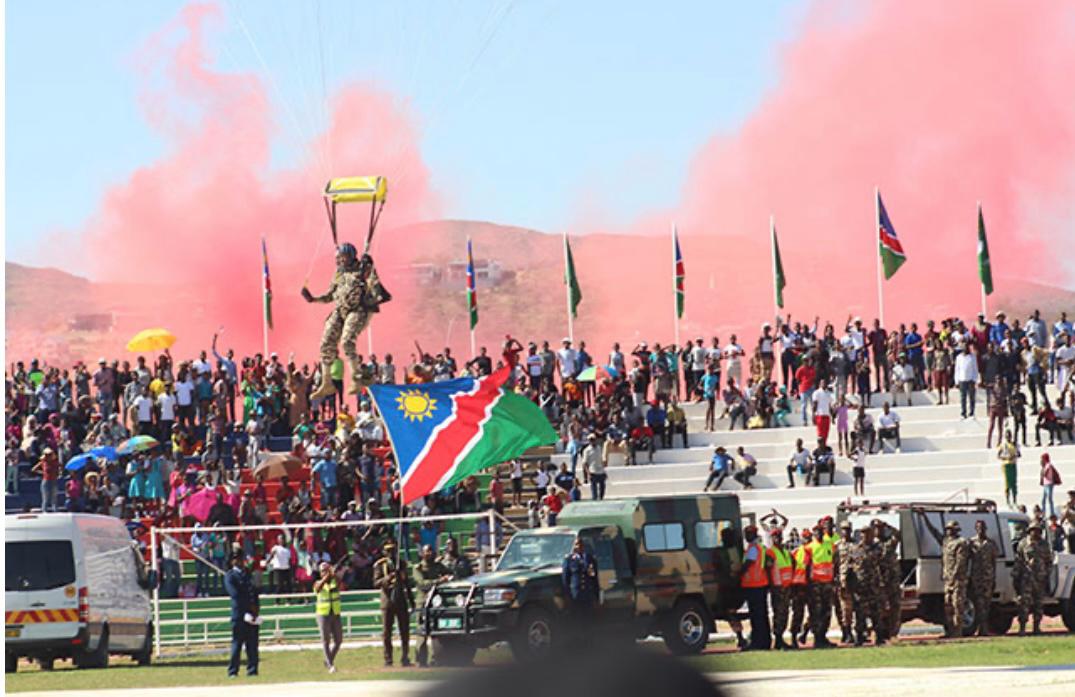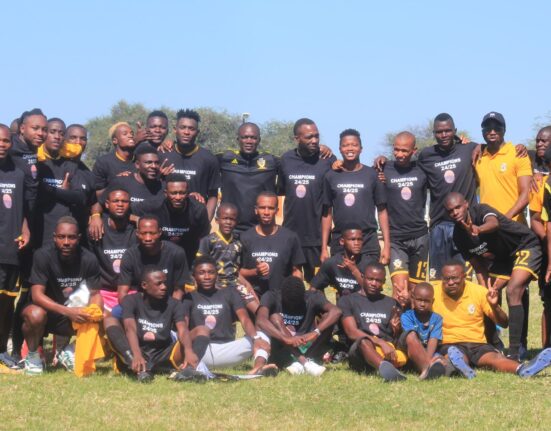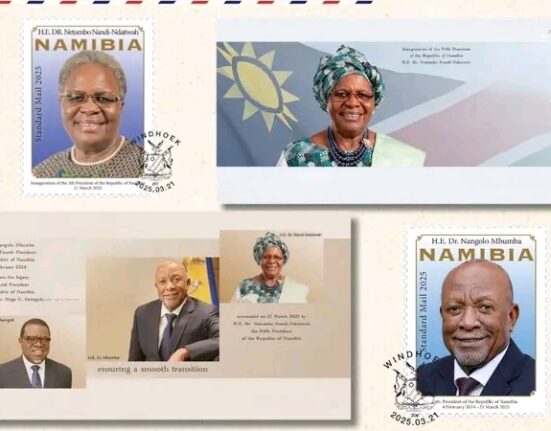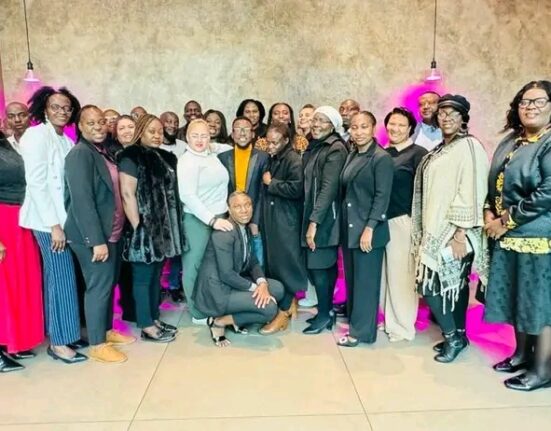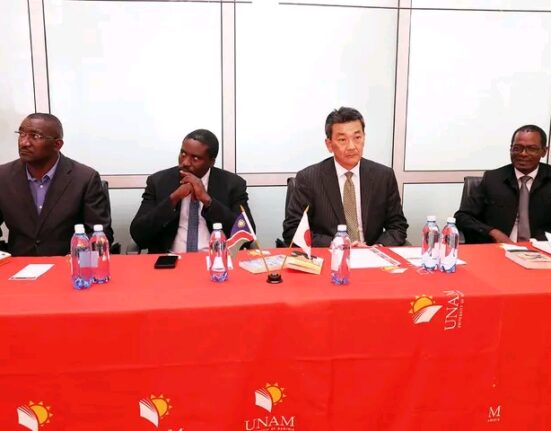Namibia’s Independence Day, celebrated annually on March 21st, holds immense national significance, marking the country’s liberation from South African rule in 1990. This day is not only a reflection of Namibia’s history of struggle and resilience but also a celebration of its rich culture, unity, and progress. For Namibians, Independence Day is a moment of national pride, and its commemoration is marked by various activities and traditions that vary across the country, but share the common theme of honoring the country’s journey toward freedom and democracy.
In this article, we’ll explore how Namibia celebrates Independence Day across the nation, from grand state ceremonies to community gatherings, highlighting the diversity and inclusivity that characterizes the celebrations.
A National Celebration: The Official Ceremony
The centerpiece of Namibia’s Independence Day celebrations is the official state ceremony held in the capital city, Windhoek, where the nation’s leaders gather alongside dignitaries, representatives from foreign countries, and Namibian citizens. The event typically begins with a military parade that showcases the country’s armed forces and their readiness to protect the nation’s sovereignty. The parade is often accompanied by Namibian police and other security agencies, all in ceremonial attire, marking their important role in maintaining peace and security.
The Namibian President, who serves as both the head of state and government, delivers the keynote address, often reflecting on the country’s journey since independence, as well as outlining its achievements, challenges, and the vision for the future. The speech is a central component of the Independence Day ceremony, where the president emphasizes national unity, development, and reconciliation among all Namibian citizens.
During the ceremony, national symbols, such as the Namibian flag and the national anthem, “Namibia, Land of the Brave”, are prominently featured. The playing of the anthem stirs deep feelings of patriotism and solidarity among the audience, symbolizing the unity of Namibia’s diverse ethnic groups and cultures.
Additionally, cultural performances showcasing traditional Namibian dances, songs, and rituals are a significant part of the celebrations. These performances represent the country’s ethnic diversity, with people from various regions of Namibia coming together to demonstrate their cultural heritage.
Regional Celebrations and Festivities
While the official ceremony in Windhoek garners the most attention, Namibia’s regional and local celebrations play an equally vital role in uniting the nation. Across the country, from Oshakati in the north to Luderitz in the south, and Swakopmund on the coast, Independence Day is marked by festivities that reflect the local community’s pride in their heritage and their shared experience of the liberation struggle.
In the Northern Regions (Oshakati, Ondangwa, and Tsumeb)
In the northern regions, particularly in Oshakati, Ondangwa, and Tsumeb, Independence Day celebrations are characterized by vibrant street parades, music festivals, and traditional dances. Northern Namibia has been a focal point for the South West Africa People’s Organization (SWAPO), which played a central role in Namibia’s fight for independence, so the day holds extra significance in these areas.
Festivities in these towns often include cultural displays, where traditional groups showcase their ethnic attire, songs, and dances, representing various communities such as the Ovambo, Herero, and Caprivians. Local schools often organize performances, with students taking part in dramatizations of historical events from the liberation struggle.
Coastal and Central Regions (Swakopmund, Walvis Bay, and Rehoboth)
The coastal city of Swakopmund and the port town of Walvis Bay host a variety of events to celebrate Namibia’s independence. These cities are known for their scenic beauty and historical significance, and their Independence Day celebrations often include outdoor activities such as beach festivals, sports events, and community picnics. Swakopmund, known for its German colonial architecture, also organizes parades that reflect the fusion of Namibia’s colonial past with its independent future.
In Rehoboth, the annual Independence Day celebrations feature local music concerts, showcasing Namibian musicians from various genres. The town, historically significant in Namibia’s liberation struggle, often holds community gatherings where people come together to share meals, music, and dancing.
In the Southern Regions (Keetmanshoop and Luderitz)
The southern towns of Keetmanshoop and Luderitz also play an essential role in Namibia’s Independence Day celebrations. In Keetmanshoop, a blend of traditional Nama dances and modern performances is common. Traditional groups, such as the Nama, Damara, and Bushmen, showcase their cultural heritage, emphasizing the importance of preserving Namibia’s diversity while honoring the country’s hard-earned freedom.
In Luderitz, a coastal town known for its colonial history, Independence Day celebrations often focus on the history of the liberation struggle, highlighting key figures and moments that shaped Namibia’s path to independence. The community in Luderitz often gathers for public talks and lectures on the history of Namibia’s fight for freedom, with discussions on the role of German colonization, the Herero-Nama genocide, and the eventual liberation struggle.
Unity and Reflection: Independence Day and National Reconciliation
One of the most significant themes of Namibia’s Independence Day celebrations is the focus on national reconciliation. Namibia’s journey to independence was marked by profound divisions—political, racial, and cultural—that were a result of apartheid and colonial rule. Therefore, Independence Day serves not only as a celebration of the country’s hard-won freedom but also as an opportunity to reflect on the importance of unity and inclusivity in building a prosperous and stable future.
Each year, community leaders, government officials, and activists make special efforts to promote unity during Independence Day. Across the country, messages of reconciliation are shared, and Namibians are encouraged to embrace their shared identity as citizens of one nation, despite their diverse cultural, linguistic, and religious backgrounds.
In recent years, discussions around the legacy of colonialism and apartheid have also become central to Independence Day observances. The importance of land reform, social justice, and economic equality is often highlighted as Namibia continues to work toward addressing the imbalances that were created during its colonial history. These conversations take place not only in official ceremonies but also in community forums, where citizens have an opportunity to engage in dialogues about Namibia’s future.
Independence Day in Schools and Educational Institutions
Independence Day is also a time for schools and educational institutions across the country to reflect on Namibia’s history and cultural heritage. Schools organize events that include singing the national anthem, reciting poetry, and presenting historical facts about Namibia’s struggle for independence. These celebrations serve to educate the younger generation about their nation’s history and instill pride in their country’s achievements.
In addition, there are often sports competitions and athletic events that take place in schools and local communities, encouraging young people to be active and engaged while celebrating their nation’s independence. These events are particularly important in encouraging youth participation in national celebrations and helping them understand the value of unity and freedom.
Independence Day in Namibia is more than just a national holiday; it is a celebration of freedom, unity, and cultural pride. From the official ceremonies in Windhoek to regional festivities across the country, Namibia’s Independence Day brings together people from all walks of life, ensuring that the nation’s diverse cultures and histories are celebrated. The day serves as a reminder of Namibia’s resilience, the sacrifices made during the liberation struggle, and the ongoing work of reconciliation and nation-building.
As Namibia continues to grow and develop as a democratic and peaceful nation, Independence Day remains an essential part of its national identity, reinforcing the values of unity, pride, and hope for the future. Whether in urban centers or rural communities, the celebrations reflect the spirit of a united Namibia, moving forward into the future while honoring the past.
Join 'Namibia Today' WhatsApp Channel
Get the breaking news in Namibia — direct to your WhatsApp.
CLICK HERE TO JOIN






